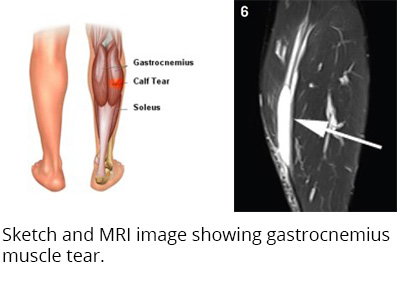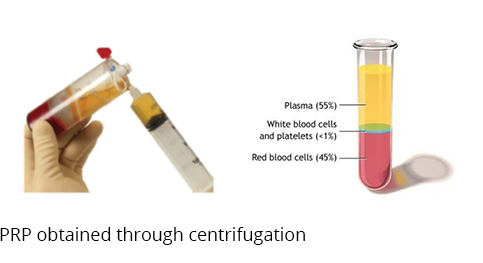Musculoskeletal injuries are one of the most common causes of severe long-term pain and physical disability. This has been established in World Health Organisation (WHO) data. There has been a increased interest in the utilisation of PRP. This involves the introduction of platelet to achieve supra-physiologic release of growth factors to the injured site. This initiates healing in chronic injuries and shortens the healing time in acute injuries. The rationale is to increase the percentage of platelets from 5% to more than 90% to expedite recovery.
The normal platelet concentration is usually 200000/ul. In PRP it is usually 4times the baseline to facilitate and improved clinical effect. The platelets allow haemostasis, swelling and improve the healing.
PRP has been introduced as an alternative to fibrin glue and has been used initially in oral and maxillofacial surgery. There is now an increasing interest in musculoskeletal injuries.
PRP is essentially plasma with many more platelets. There is also an increased of concentration growth factors. All of the blood cells are removed with centrifugation. The reported site of usages are usually for ligament injuries, chronic tendinitis, knee arthritis and muscle tears.

These cells are not stem cells. And thus, they do not have any mutagenic property. There has been a drive towards utilising stem cells in musculoskeletal injuries and arthritis. However, with stem cells safety has not been clearly established. PRP lacking multiplication potential is not expected to be mutagenic.

The growth factors that are useful facilitate improved tissue and bone regrowth seen in animal studies. There is also greater mechanical strength which has been co-related to greater tissue volume enabled by the usage of PRP. Some studies has shown that PRP may facilitate muscle proliferation and matrix biosynthesis.
In patients with muscle strain injuries there has been clinically proven outcomes where patients are treated with PRP enabled return to sports with good outcome. Assessment by physiotherapy has shown optimal strength in isokinetic testing. In some of these patients MRI done has even shown healing of the muscle tear. There is also proven outcomes of the use of PRP in lateral epicondylitis (tennis elbow). There is increasing interest in usage of PRP but studies are ongoing to establish the safety of usage extending them to more musculoskeletal conditions.